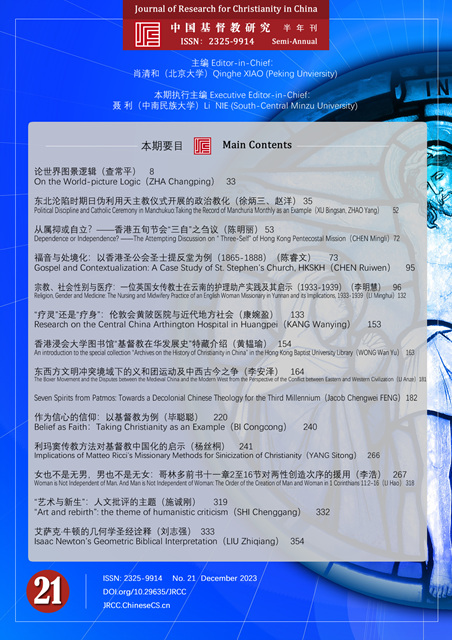Abstract
This article discusses the world-picture logic that is holistic, multilayered, interactive. Therefore, the world-picture logic is a holistic, multilayered, interactive logic system of the interpretation of the world whose basis is the relational theology. Based on the relationship between creator and creations, the part of creations should be treated as the whole. The holistic in the world-picture logic means that the forming factors of the world consisted of the seven relationships (the seven dimensions) that include human-linguistic relationship (=relationship of humans and language), human-temporal relationship (=relationship of humans and time), human-self relationship (=relationship of humans and self), human-thing relationship (=relationship of humans and material nature, relationship of humans and natural organisms, relationship of humans and fleshly organisms), human-human relationship (=relationship of humans and others), human-history relationship (=relationship of humans and history), and human-divine relationship (=relationship of humans and the divine); The multilayered means that the relationship among the forming factors of the world needs to be interpreted stratifiedly from every dimension; The interactive means that the relationship among the forming factors of the world needs to be looked at for each other. The human among these relationships refers to the individual person who exists as an individual life in the community of humanity. This is especially important for the tradition of Chinese ideas that are oriented to collectivism as their value, because any idea without the existence of individual life including every person in history will ultimately alienate the existence of individual life from itself, deprive his independent personality and make him as a dependent one. They will result in the nonhuman, even anti-humanist totalitarian system of discourse in the fields of both social life and historical writing.

This work is licensed under a Creative Commons Attribution-NonCommercial-NoDerivatives 4.0 International License.
Copyright (c) 2024 Journal of Research for Christianity in China
